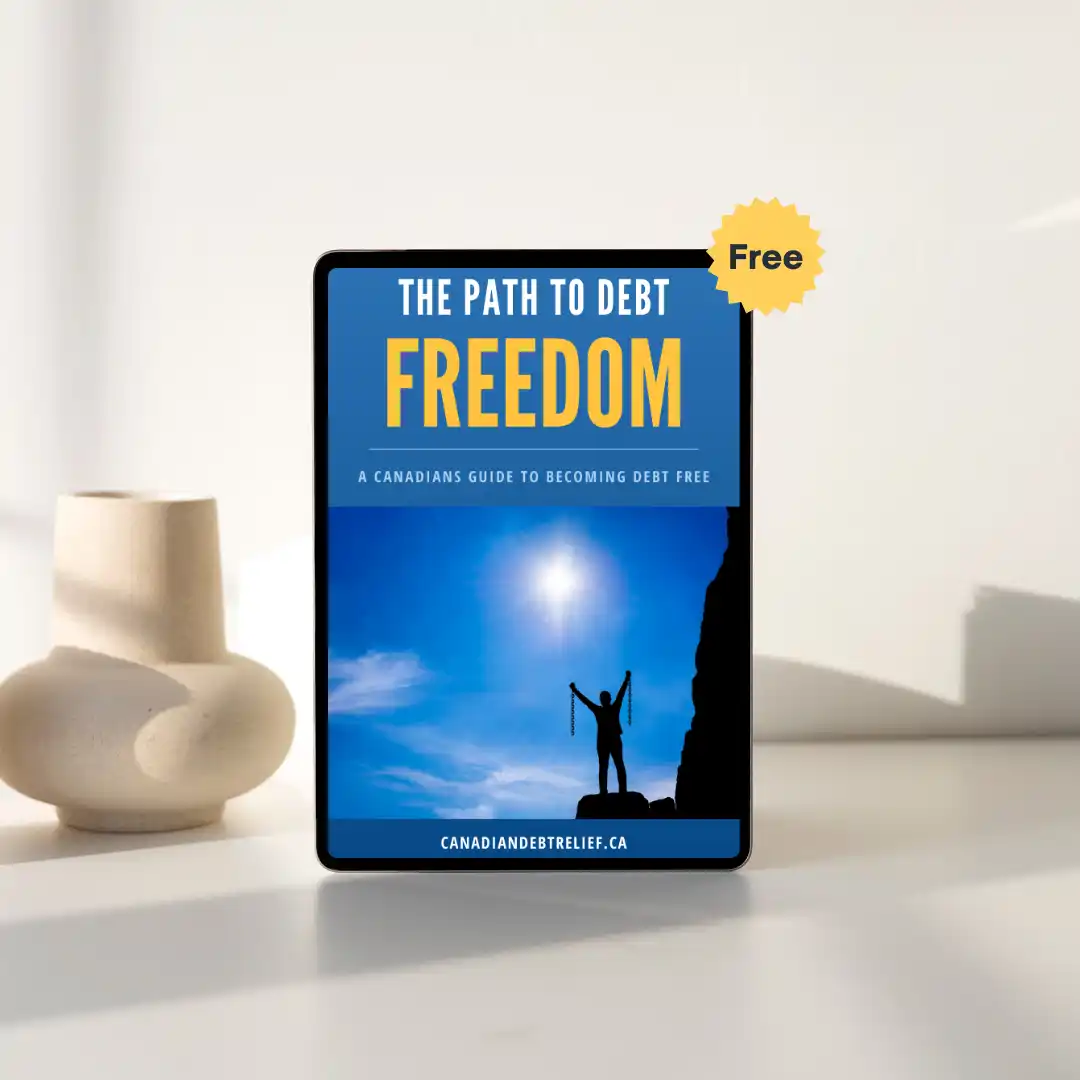Understanding Consumer Proposals in Canada
Managing debt can be overwhelming, and if you’re struggling to keep up with your financial obligations, you might be considering various options for relief. One effective solution available to Canadians is a consumer proposal. But what happens when you do a consumer proposal? Let’s break down the process, benefits, and long-term impacts of this debt management strategy.
What is a Consumer Proposal?
A consumer proposal is a formal, legally binding process administered by a Licensed Insolvency Trustee (LIT). It allows you to negotiate with your creditors to reduce your debt and establish a manageable payment plan. Typically, this process is suitable for individuals whose total unsecured debt does not exceed $250,000, excluding a mortgage on their principal residence.
The Process of Filing a Consumer Proposal
When considering a consumer proposal, the first step is to consult with a Licensed Insolvency Trustee. They will review your financial situation and help you determine if a consumer proposal is the best option. Here’s a detailed look at what happens when you do a consumer proposal:
- Initial Consultation: During this meeting, your trustee will assess your financial state, including your assets, debts, and income.
- Proposal Preparation: If a consumer proposal is suitable, the trustee will draft a proposal to present to your creditors, outlining how you intend to repay a portion of your unsecured debt over a period of up to five years.
- Submission and Creditor Vote: Once prepared, the proposal is submitted to your creditors, who then have 45 days to accept or reject it. If a majority (in dollar value) of your creditors accept the proposal, it becomes legally binding on all parties.
- Implementation: Upon acceptance, you make regular payments to the trustee, who distributes the funds to your creditors according to the agreed terms.
Benefits of a Consumer Proposal
Understanding the benefits is crucial when exploring what happens when you do a consumer proposal. Here are some advantages:
- Debt Reduction: You may only have to repay a portion of your total unsecured debt, significantly reducing your financial burden.
- Asset Protection: Unlike bankruptcy, you can retain your assets, including your home and car, as long as you continue to make payments.
- Legal Protections: Creditors are prohibited from pursuing collection actions, including wage garnishments and lawsuits, once the proposal is filed.
- Fixed Payments: Payments are based on what you can afford, providing stability and predictability.
- Interest Freeze: Interest charges on your unsecured debt are frozen, preventing any further accumulation.
Long-term Impacts of a Consumer Proposal
It’s essential to be aware of the long-term implications of what happens when you do a consumer proposal. Here are some considerations:
- Credit Score: Your credit score will be affected, and a note about the consumer proposal will remain on your credit report for three years after completion.
- Credit Rehabilitation: Completing the proposal can serve as a starting point for rebuilding credit, as it demonstrates determination and responsibility in addressing debt.
- Financial Education: As part of the process, you will attend mandatory financial counseling sessions, which can improve your future financial management skills.
Is a Consumer Proposal Right for You?
Deciding if this is the right path involves a thorough assessment of your financial situation and exploring all available options. Consulting with a Licensed Insolvency Trustee can provide clarity on what happens when you do a consumer proposal and help you make an informed decision.
Seek Professional Guidance
Don’t face debt challenges alone. Professional advice can offer tailored solutions to meet your specific needs. Understanding the process, benefits, and long-term impacts demystifies what happens when you do a consumer proposal and supports you in navigating your financial journey with confidence.
See if you qualify for debt relief
